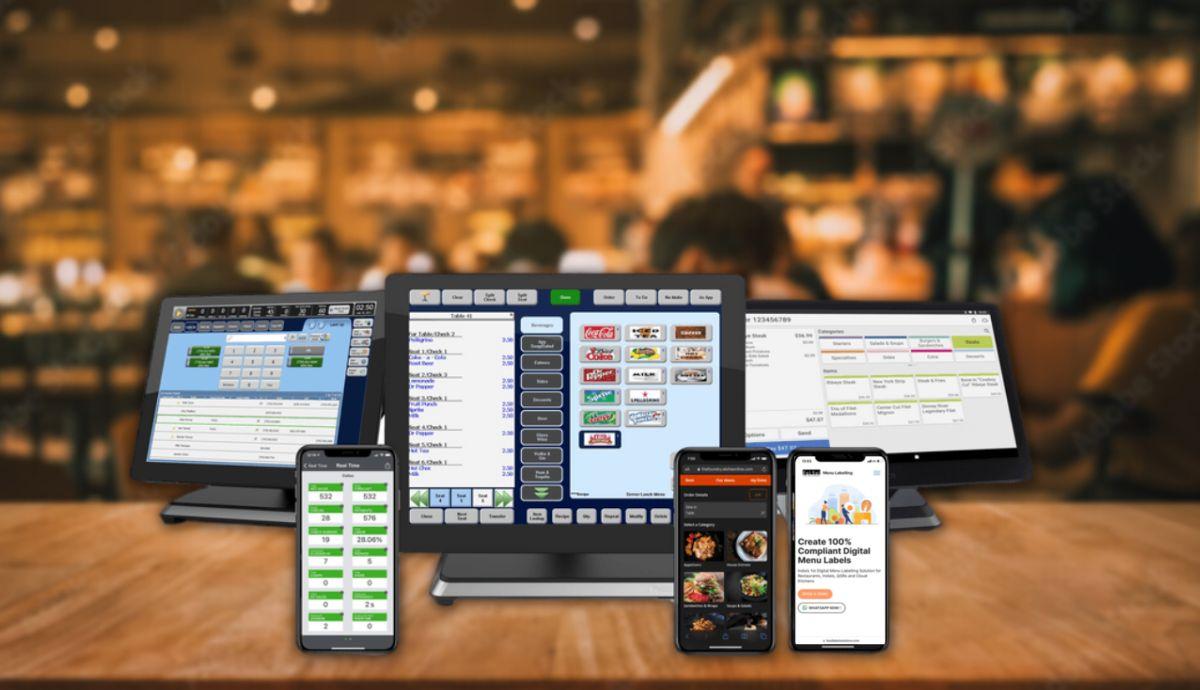-
أخر الأخبار
- استكشف
-
الصفحات
-
المدونات
-
المنتديات
Restaurant Management Software Market Dynamics, Emerging Trends | 2035

A structured Restaurant Management Software Market Competitive Analysis reveals an industry characterized by high rivalry, evolving barriers to entry, and the increasing power of integrated ecosystems. To fully understand the competitive landscape, it is essential to look beyond a simple list of features and analyze the underlying market forces that shape profitability and strategy. Using a framework inspired by Porter's Five Forces provides a clear lens through which to view the industry's dynamics. The market's consistent growth creates a large and attractive prize, which in turn fuels the intensity of the competition among the various players vying for a share. The Restaurant Management Software Market size is projected to grow USD 49.74 Billion by 2035, exhibiting a CAGR of 7.61% during the forecast period 2025-2035. This context of steady expansion ensures that the competitive pressures will remain high, as companies continuously invest to defend their territory and capture new segments of the market.
The rivalry among existing competitors is extremely high. The market is crowded with all-in-one platforms (Toast, Lightspeed), legacy enterprise systems (Oracle, NCR), fintech-led players (Block/Square), and countless best-of-breed point solutions. This leads to intense competition on price (particularly on payment processing rates), features, and service quality. The threat of new entrants is mixed. For a simple, standalone app (e.g., a basic reservation tool), the barrier to entry is relatively low. However, for a full, integrated platform that includes proprietary hardware, payment processing, and a comprehensive software suite, the barriers are now incredibly high. The capital required for R&D, hardware manufacturing, and achieving regulatory compliance for payment processing is a massive moat that protects the leading platform players. The bargaining power of buyers (restaurants) is moderate to high. For small, independent restaurants, the abundance of choices gives them significant power to shop around. However, once a restaurant has committed to an integrated platform and its ecosystem of hardware and payments, the switching costs become very high, significantly reducing their bargaining power in the long run.
The bargaining power of suppliers varies. For commodity hardware components, the power is low. However, for key software "suppliers," such as the major food delivery platforms (Uber Eats, DoorDash), their power is very high. A POS system must integrate with them to be viable, giving the delivery platforms significant leverage. The threat of substitute products or services is also a significant and growing force. The primary substitute is not another software, but the "good enough" free tools offered by adjacent players. For example, a delivery aggregator might offer a free tablet and order management system to its restaurant partners. Similarly, a payment processor like Square might offer a free basic POS app. These substitutes, while less feature-rich, can be a compelling option for very small or new restaurants, capping the price that dedicated software vendors can charge at the low end of the market. This comprehensive analysis reveals a complex competitive field where success depends on navigating these multiple forces, with the strongest players being those that can build a "sticky" ecosystem that locks in customers and fends off both direct and indirect competition.
Top Trending Reports -
UK Enterprise File Synchronization Sharing Market


